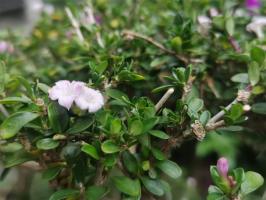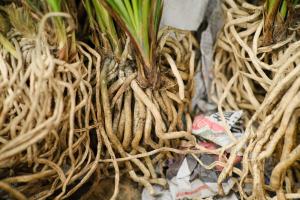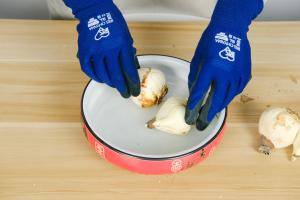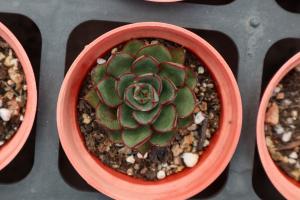Introduction
As a tomato gardener, it is important to ensure that your plants receive the adequate amount of sunlight and temperature to grow and bear healthy fruits. However, during hot summer days when the temperature reaches over 90 degrees, many gardeners often wonder whether they should shade their tomato plants or not. In this article, we will examine the pros and cons of shading tomato plants and provide recommendations for gardeners who are facing this dilemma.
The Benefits of Shading Tomato Plants
Shading tomato plants has its benefits, especially during the hot summer months. Firstly, shading helps to moderate the temperature and reduce the amount of direct sunlight that the plants receive. This can help to prevent the plants from becoming heat-stressed, which can cause damage to the leaves, reduce fruit production, and even kill the plants in extreme cases.
Secondly, shading can help to retain moisture in the soil and prevent evaporation. This is particularly useful for gardeners who live in arid regions or areas with low humidity. By reducing the amount of direct sunlight and heat that the plants receive, less water will evaporate from the soil, which can help to reduce the frequency of watering and conserve water.
The Drawbacks of Shading Tomato Plants
While shading tomato plants has its benefits, there are also some drawbacks that gardeners should consider before shading their plants. Firstly, shading can reduce the amount of sunlight that the plants receive, which can impact their growth and yield. Tomatoes require at least six hours of direct sunlight per day to produce healthy fruits, and too much shading can interfere with this process.
Secondly, shading can create a favorable environment for pests and diseases, such as fungi and bacteria, which thrive in cool and damp conditions. This can increase the risk of plant infections and lower the overall health of the plants, leading to a reduced harvest and lower quality produce.
When and How to Shade Tomato Plants
Based on the benefits and drawbacks of shading tomato plants, it is clear that the decision to shade ultimately depends on the specific circumstances of each garden. If you live in a region with high temperatures and low humidity, shading may help to prevent heat-stress and conserve water. However, if your plants are already receiving enough shade from other sources, such as trees or building structures, shading may not be necessary.
If you decide to shade your tomato plants, there are several methods that you can use. One option is to use shade cloth, which is a material made of woven or knitted polyethylene that reduces the amount of direct sunlight that the plants receive. Shade cloth is available in different densities, ranging from 30% to 90%, which allows you to choose the level of shading that your plants require.
Another option is to use natural shading methods, such as planting taller plants, using trellises or cages, or creating a temporary shade with umbrellas or fabric covers. These methods can provide an effective and organic way to shade your tomato plants and also add aesthetic value to your garden.
Conclusion
In conclusion, shading tomato plants can be beneficial in certain circumstances, especially during hot summer days when the temperature reaches over 90 degrees. However, gardeners should consider the pros and cons of shading and assess the specific needs of their plants before making a decision. By using appropriate shading methods and monitoring the health of their plants, gardeners can ensure that their tomato plants thrive and produce healthy and delicious fruits.

 how many times do yo...
how many times do yo... how many planted tre...
how many planted tre... how many pine trees ...
how many pine trees ... how many pecan trees...
how many pecan trees... how many plants comp...
how many plants comp... how many plants can ...
how many plants can ... how many plants and ...
how many plants and ... how many pepper plan...
how many pepper plan...
































